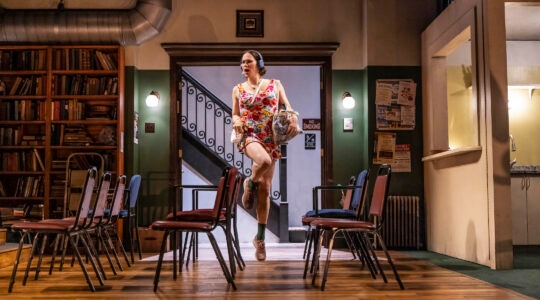Overlooked and underrated, the French city of Perpignan reveals its charms to those with the patience to look.
Perpignan, best known as a transit hub for the beaches of the Languedoc-Rousillon, has the misfortune to be located amid a region of surpassing visual splendor and historic import. Were it a city in Hungary or Romania, it would surely be a major draw. But Perpignan’s quintessentially Gallic streetscapes, riverside quays and plethora of medieval architecture are hardly unique in this corner of France.
What makes Perpignan worthwhile is its very ordinariness — the quotidian joys of provincial France. Life unfolds casually in a distinctively Mediterranean manner: morning markets en plein air, the unhurried rituals of formal mealtimes, all of it scented with Provençal lavender and washed down with rosé.
I first discovered Perpignan on a youthful excursion to the coast. Arriving in the posh, picturesque resort town of Coullioure, whose sailboat-dotted harbor was made famous by Cézanne, my friends and I quickly discovered we could not afford to sleep anywhere close to the sea. We ended up in a chamber d’hote in downtown Perpignan, where for 16 euros a night we fell asleep under feather duvets to the sound of mourning doves.
Those days on the beach are a blur today, but my first morning in Perpignan stands out in memory. I remember the loveliness of the shady plaza where we drank café au lait and ate chocolate croissants, and the way the midday sun turned the quayside promenade a rich golden hue. As we climbed the hills south of town to the Palace of the Mallorcan Kings, the red roofs of Perpignan shimmered in the heat below.
I returned recently to find Perpignan unchanged in spirit, though recent efforts at gentrification are noticeable. Boulevards have been pedestrianized, liberated from cars and planted with flowering shrubs, while the boutiques and even the boulangeries have a more upscale feel.
According to Salvador Dalí, Perpignan — or more precisely, its train station — was the “center of the world.” That rather bizarre sentiment is inscribed on a trackside plaque, near a statue of the surrealist who hailed from nearby Figueres, Spain. Dalí was not the only artist to leave his mark on Perpignan: the city was also home to the sculptor Aristide Maillol, whose statue of a seated Venus is a meeting point in the lovely Place de la Loge.
On Sunday mornings, locals gather around Venus to dance the sardane, a bobbling, circular effort I like to describe as a Catalan hora. The sardane is just one of many reminders that Perpinyá, as it is called in the local argot, remains deeply Catalan even after 350 years as part of France. Place names are rendered in Catalan as well as French; the red-and-yellow Catalan nationalist flag is ubiquitous; and all during the month of April, culminating on the 23rd, Perpignan is awash in book stalls and flower sellers for the Valentine-like holiday of St. Jordi.
Like Jordi — a Catalan patron saint — many of Perpignan’s attractions date from the late Middle Ages, when the city’s importance reached its apogee. To wander around Perpignan is to bump up against landmarks from epochs past: the 14th-century Cathedral of St. Jean, built over the centuries and never entirely finished, or the neighboring Campo Santo, France’s only cloister-cemetery, a grimly porticoed space.
Myriad churches illustrate both the succession of French architectural fashions and the primacy of Catholicism here. And then there is the Castillet, a 13th-century fortress whose massive red gates are the symbol of — and the formal entrance to — Perpignan.
The late medieval period was also the heyday for Perpignan’s once-sizable Jewish community, which was centered in the eastern district known then as the Call and today as St. Jacques. The modern quarter is sprinkled with the halal joints and barbershops of North African immigrants, a Semitic presence typical of Southern French cities. Few vestiges remain of the Jewish Call, but the district is worth visiting for two major sights.
One is the daily open-air market at Place Cassanyes, where I bought olives, fragrant cheese and apples from nearby orchards amid a crowd of morning shoppers. The other is the Couvent des Minimes, a 16th-century walled convent at the city’s edge; from the sunny courtyard, which may have once been the site of a Jewish mikveh, cool brick passages lead to a gallery with rotating artworks.
Each September, the Couvent plays host to an international photojournalism exhibition, one of a growing number of events on Perpignan’s cultural calendar. Many visitors will no doubt bypass these lures en route to the coast, as I did so many years ago.
But it’s likely that more of them will find themselves lingering, as I do today, amid the shadows of Maillol and the breezes where the Pyrenees meet the sea.
The New York Jewish Week brings you the stories behind the headlines, keeping you connected to Jewish life in New York. Help sustain the reporting you trust by donating today.




